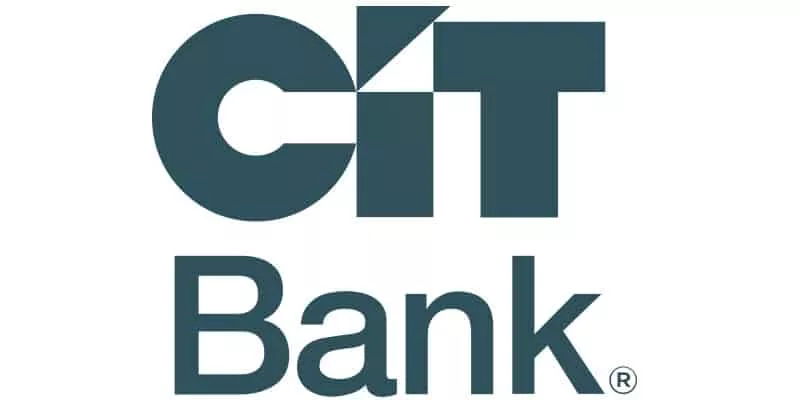When it comes to saving money, there are several options to consider.
Two popular choices are Certificate of Deposit (CD) ladders and high-yield savings accounts.
But which one is right for you?
CD Ladders vs. High-Yield Savings Accounts
- CD ladders are a strategy where you invest your money into a series of CDs with varying term lengths. This approach allows you to take advantage of high-yield CDs while still having access to your money at regular intervals.
- High-yield savings accounts offer a competitive interest rate, often higher than traditional savings accounts, without the need to tie up your funds for a specific period. People with high-yield savings accounts take advantage of compound interest to grow their money exponentially over time.
Understanding CD Ladders
CD ladders typically consist of multiple CDs with staggered maturity dates, such as:
- 3-month CDs
- 6-month CDs
- 1-year CDs, and so on
As each CD matures, you can choose to reinvest the funds into a new CD or withdraw the money. This investment strategy frees up portions of your savings at regular intervals and balances out interest rate volatility due to staggering your maturity dates in CDs of varying lengths which allows you to manage changing interest rates.
Here is a CD Ladder example:
Assume you want to deposit $20,000. Instead of putting the lump sum in one CD, you spread out the $20,000 and deposit $5,000 in four CDs of varying lengths:

As each matures, you then open a 24-month CD so that after 2 years you would have four 24-month CDs with one maturing every six months.
Should rates increase, you'll have CDs maturing to take advantage of those new rates. Should rates decrease, you'll still have some longer-term deposits locked in at higher rates.
Benefits of CD Ladders
CD ladders offer several benefits that make them an attractive option for savers.
- Firstly, CD ladders provide a higher yield compared to traditional savings accounts. By investing in longer-term CDs, you can take advantage of higher interest rates and potentially grow your savings faster.
- Secondly, CD ladders offer a predictable income stream. As each CD matures, you have the option to reinvest the funds into a new CD or withdraw the money. This can be especially beneficial for individuals who rely on a steady income or need to access their funds periodically.
- Lastly, CD ladders provide a low-risk investment option. Unlike investing in the stock market or other volatile assets, CDs are generally considered safe. Your principal is protected, and as long as you choose reputable financial institutions, you can have peace of mind knowing that your money is secure.
- There's an additional benefit to CDs offered at online banks when compared to traditional banks like Bank of America's CD Rates. The interest rates at online banks typically far exceed those offered at traditional brick-in-mortar banks.
Drawbacks of CD Ladders
Some drawbacks to consider include:
- Your funds are tied up for the duration of each CD's term length. If you need immediate access to your money, you may face penalties for early withdrawal.
- CD interest rates are fixed, so if the market rates rise during your CD ladder strategy, you may miss out on potential higher returns.
Understanding High-Yield Savings Accounts
High-yield savings accounts (HYSA) are typically offered by online banks because these types of banks have lower overhead costs (no physical branches, fewer employees) and can pass those savings on to customers in the form of more attractive interest rates.
You transfer money into your HYSA from your checking account or other external bank accounts electronically and with the magic of compound interest, the interest you earn is added back into your account, typically monthly. This means your balance grows over time, and new interest is calculated on the larger balance, leading to faster growth.
Benefits of High-Yield Savings Accounts
High-yield savings accounts also come with a range of benefits that make them an attractive option for savers.
- Firstly, they offer competitive interest rates that are often higher than traditional savings accounts. This means you can earn more on your savings without taking on additional risk.
- Secondly, high-yield savings accounts provide easy access to your funds. The flexibility to withdraw your money at any time without facing early withdrawal penalties makes high-yield savings accounts an attractive option if you need quick access to your funds for emergencies or other unexpected expenses.
- Lastly, high-yield savings accounts are convenient and hassle-free. Many online banks offer high-yield savings accounts with no minimum balance requirements or monthly maintenance fees.
Drawbacks of HYSAs
Some drawbacks to consider include:
- The high interest rates aren't necessarily fixed. Savings accounts are variable interest rates which means they can fluctuate based on market conditions and the bank's policies. Rates might drop, impacting your earnings.
- Some HYSAs require you to maintain a minimum balance to earn the advertised interest rate. Falling below this balance could mean earning less or even incurring fees.
- While HYSAs offer better rates than traditional savings, they might not keep up with inflation in the long term. Investments like stocks or bonds, though riskier, may be more suitable for long-term financial growth goals.
Compare CD Rates vs. HYSA Rates
Minimum Deposit
$500
Rates
3.75% APY
Features
Interest is compounded daily and credited to your account monthly and no monthly service fee.
Minimum Deposit
$5,000
Rates
4.10% APY
Features
Earn 10x the National Average on your savings with no monthly maintenance fees.
How to Choose Between CD Ladders and HYSA
When deciding between CD ladders and high-yield savings accounts, there are several factors to consider including:
- Assessing your financial goals and time horizon. If you have a specific savings goal and can afford to lock up your funds for a certain period, CD ladders may be a suitable option.
- On the other hand, if you need flexibility and easy access to your money, a high-yield savings account might be a better fit.
- Risk tolerance is key. CD ladders are generally considered low-risk investments, while high-yield savings accounts are relatively safe but still subject to market fluctuations.
- If you prefer a guaranteed return and are willing to sacrifice some liquidity, CD ladders may be the better choice.
- However, if you prioritize liquidity and are willing to accept slightly lower returns, a high-yield savings account may be more suitable.
- Always compare the interest rates offered by CD ladders and high-yield savings accounts. While CD ladders generally offer higher rates, it's important to weigh this against the flexibility and accessibility provided by high-yield savings accounts. Calculate the potential earnings from both options and consider the trade-offs before making a decision.
Quick Summary of CD Ladders vs. HYSAs

Final takeaway
When choosing between CD ladders and high-yield savings accounts, consider your financial goals, risk tolerance, and interest rate expectations. Ultimately, the right choice depends on your individual circumstances and priorities.















